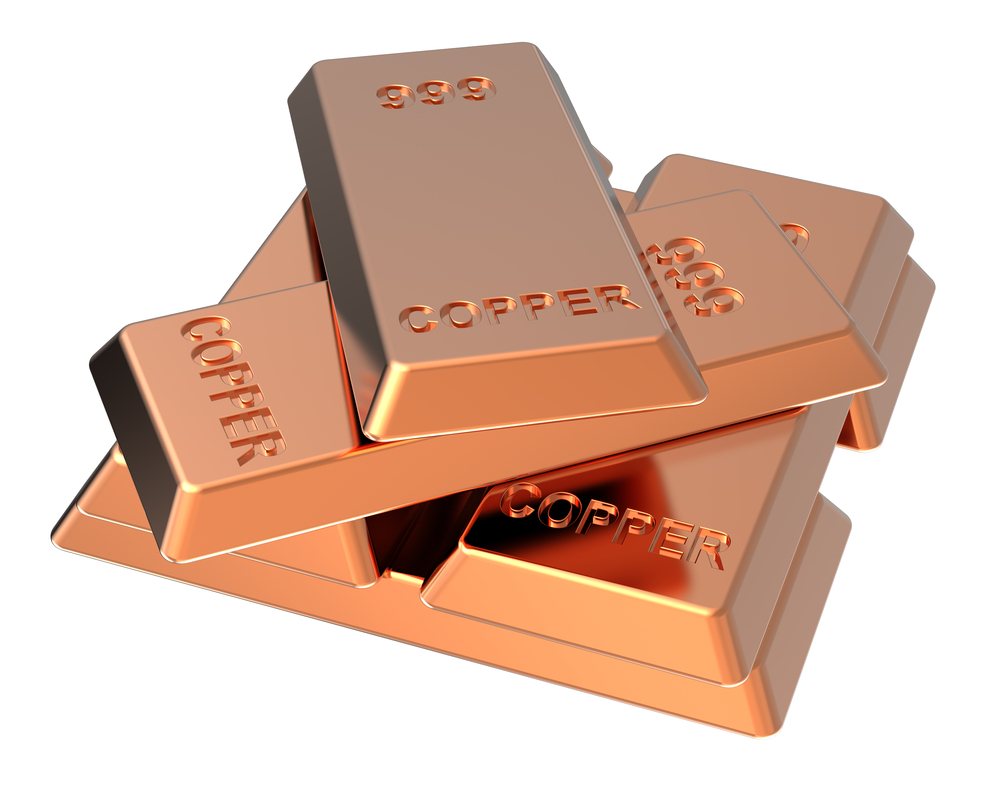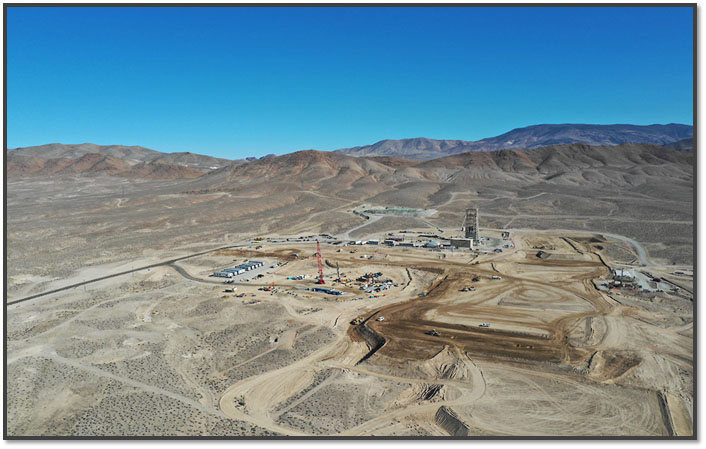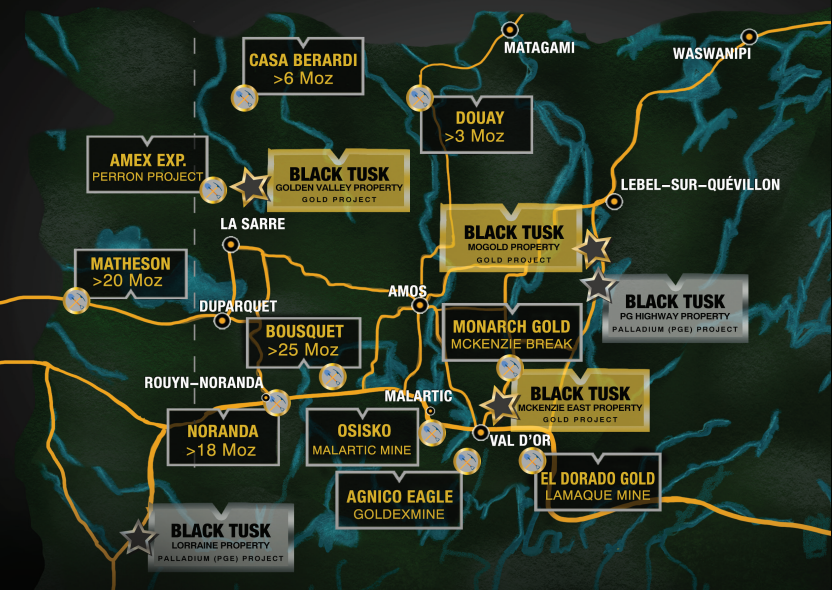The 2011 Critical Minerals Strategy examined 16 elements for criticality in wind turbines, electric vehicles, photovoltaic cells and fluorescent lighting. Of those 16 elements, eight are rare earth metals valued for their unique magnetic, optical and catalytic properties.
Five rare earth elements used in magnets for wind turbines and electric vehicles or phosphors for energy-efficient lighting were found to be critical in the short term (present to 2015).
Between the short term and the medium term (2015-2025), the importance to clean energy and supply risk shift for some materials.
Other elementsócerium, indium, lanthanum and telluriumówere found to be near-critical.
DOE's strategy to address critical materials challenges rests on three pillars. To manage supply risk, multiple sources of materials are required. "This means taking steps to facilitate extraction, processing and manufacturing here in the United States, as well as encouraging other nations to expedite alternative supplies," the report said. "In all cases, extraction, separation and processing should be done in an environmentally sound manner.
"Second, substitutes must be developed," the report cautioned. "Research leading to material and technology substitutes will improve flexibility and help meet the materials needs of the clean energy economy."
"Third, recycling, reuse and more efficient use could significantly lower world demand for newly extracted materials," the DOE advised. "Research into recycling processes, coupled with well-designed policies, will help make recycling economically viable over time."
The report also contains three in-depth technology analyses with the following conclusions:
- "Rare earth elements play an important role in petroleum refining, but the sector's vulnerability to rare earth supply disruptions is limited."
- "Manufacturers of wind power and electric vehicle technologies are pursuing strategies to respond to possible rare earth shortages. Permanent magnets containing neodymium and dysprosium are used in wind turbine generators and electric vehicle motors. Manufacturers of both technologies are current making decisions on future system design, trading off the performance benefits of neodymium and dysprosium against vulnerability to potential supply shortages."
- "As lighting energy efficiency standards are implemented globally, heavy rare earths used in lightning phosphors may be in short supply. In the United States, two sets of lighting energy efficiency standards coming into effect in 2012 will likely lead to an increase in demand for fluorescent lamps containing phosphors made with europium, terbium and yttrium."
In their analysis, DOE found research and development (R&D) plays a central role in developing substitutes for rare earth elements. In the past year, the agency has increased its investment in magnet, motor and generator substitutes.
"The demand for key materials has also been driven largely by government regulation and policy," the report observed.
"Issues surrounding critical materials touch on the missions of many federal agencies," said the DOE. Since March 2010, an interagency working group on critical materials and their supply chains convened by the White House Office of Science and Technology Policy has been examining market risks, critical materials in emerging high-growth industries and opportunities for long term-benefit through innovation.
The report also found that, in general, mining and metal processing expertise "has gradually declined in countries of the Organization for Economic Co-operation and Development, although the need to develop and retain such expertise has received increasing attention in recent years."
While the number of rare earth ore-producing firms located outside of China is small, the proliferation of new rare earth companies "could help ease market concentrations in the years ahead," the DOE observed. However, "one of the most significant requirements in the rare earth supply chain is the amount of capital needed to commence mining and refining operations. . ."
"The extraction and, in particular, the processing of rare earth ore (REO) is extremely capital intensive, ranging from $100M to $1B of capital expenditure depending on the location and production capacity," the report noted. "Bringing a greenfield mine to production likely costs in excess of $1B."
"The estimated financial investment needed just to prove the resource (e.g., exploration and drilling) can be up to $50M," said the DOE. "The upfront cost of production capacity can range from $15K to $40K per tonne of annual capacity.'
"Unlike other commodities, rare earth mining generally does not appeal to the major global mining firms because it is a relatively small market (about $3B in 2010) and is often less predictable and less transparent than other commodity markets," the report said.
"Additionally, the processing of rare earth elements into high-purity REOs is fundamentally a chemical process that is often highly specialized to meet the needs of particular customers," the study noted. "It requires unique mineral processing know-how that is not transferrable to other mining operations. These factors reduce the appeal of rare earths production to the major mining companies, leaving the field mostly to junior miners."
The report observed that smaller mining companies face a number of challenges, including being less well-capitalized than the majors and may find it difficult to raise money from traditional market. Certain macroeconomic conditions, particularly tight credit and volatile equity markets, can contribute to these difficulties.
"Successful public flotations require fairly advanced operations with proven resources, a bankable feasibility study and often customer contracts or off-take agreements in place that ensure some level of revenue," the agency said. The DOE noted that Molycorp and Lynas Corporation have the largest capitalizations, "reflecting in part their expansion of large established mines."
To download the U.S. Department of Energy Critical Materials Strategy December 2011, go to http://energy.gov/pi/office-policy-and-international-affairs/office-policy-and-international-affairs/office-policy--16
Dorothy Kosich, Mineweb



























































